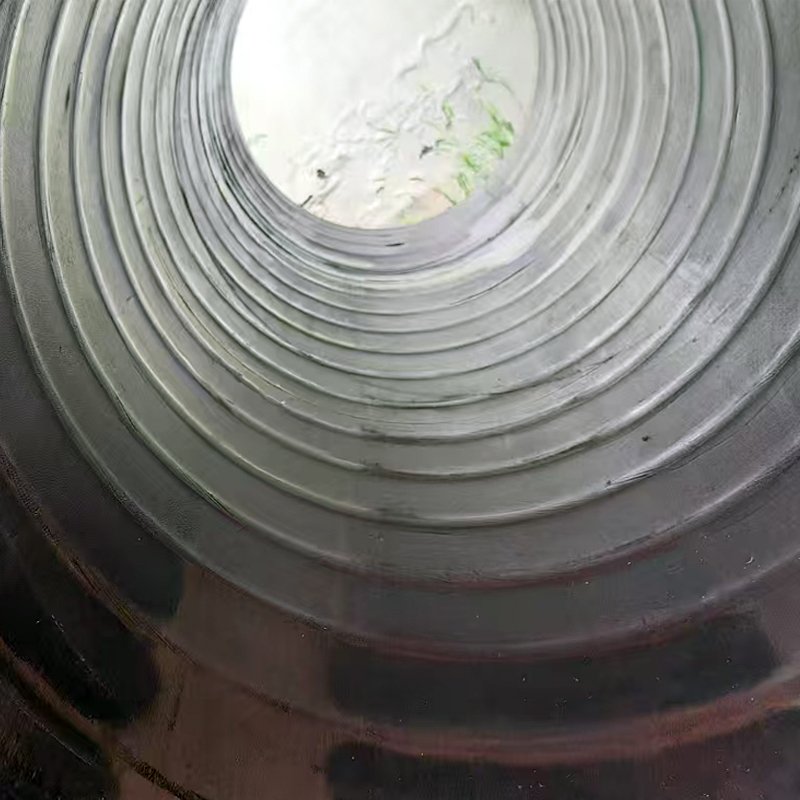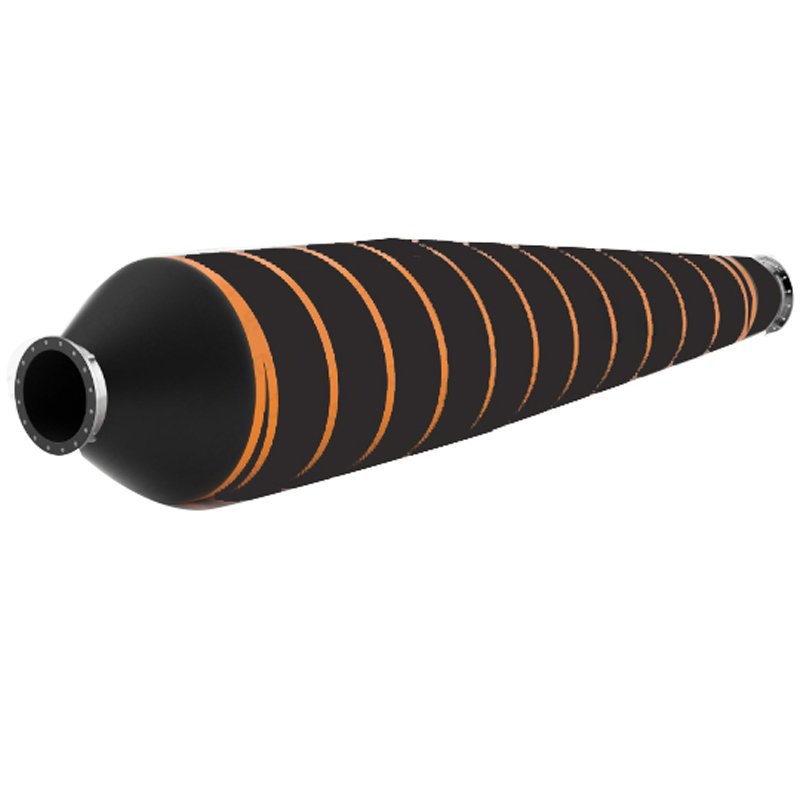How to evaluate the quality of armored dreging discharge hose
To evaluate the quality of armored dredging discharge hoses, consider the following aspects:
1. Material Quality
– Inner Liner: High-quality hoses use wear-resistant rubber such as natural rubber (NR) or synthetic rubber (SBR/NBR).
– Reinforcement Layer: Check the quality and density of the steel wire or fiber reinforcement layer.
– Outer Cover: Should use weather-resistant, UV-resistant rubber or polyurethane coating.
2. Structural Features
– Steel Spiral: Premium hoses have tightly arranged high-carbon steel spiral wires.
– Wall Thickness Uniformity: Inspect whether the wall thickness is consistent throughout the hose.
– Joint Quality: Flanges or quick couplings should be robust and corrosion-resistant.
3. Performance Indicators
– Wear Resistance: Inquire about wear test data (such as results from DIN or ISO standard tests).
– Pressure Rating: Confirm that the working pressure and burst pressure meet your requirements.
– Bend Radius: Check the minimum bend radius to ensure it suits your application.
4. Certification and Standards
– Verify if it has passed international certifications such as DNV, ABS, ISO, etc.
– Check if it complies with relevant industry standards (like API, DIN, EN).
5. Manufacturer Reputation
– Choose manufacturers with a good industry reputation.
– Request references from previous projects.
– Examine warranty terms.
6. Practical Testing
– If possible, request samples for actual operational testing.
– Check the hose’s deformation under pressure.
– Observe the sealing performance at the joints.
Before purchasing, clearly define your specific needs, including working pressure, medium characteristics, environmental conditions, etc., to ensure you select the most suitable hose.



